Description
Melo Decio‘s origin could date back to Roman times. Its name, derives from D’Ezio, a general who landed in Adria and fought in Padua against Attila.
In 1941, Primo Candioli drafted the Summary of practical fruit cultivation for the agricultural inspectorate, defining decio apple tree as an:
“old Veronese variety recommended only to farmers who, through pruning, fertilization and defense against parasites, are able to produce large, healthy and all years. It only succeeds well in the fresh soils of the Medio and Basso Veronese areas.”
In fact, it is precisely in Belfiore that this variety has had its greatest expansion over the years and obtained the best production quality.
It can only be consumed in the middle of winter because at the time of harvesting its acidity is too high.
The fruit is flattened, green in color with a light pink blush that extends over 20-30% of the surface. It is obtained by placing the fruits on straw or exposing them to the sun. The fruit has a compact white pulp, characterized by a typical flavor and aroma still appreciated in some markets in the Verona area.
An apple so fragrant that some fruits in the past were used to give a good smell to drawers and wardrobes. However, melo decio, with its firm pulp, is excellent for the production of mostarda as well as for fresh consumption.
The net weight in the glass pot is standard 200 g.
- Taste: strong, lightly sweet, spicy.
- Scent: delicate, pungent, fruity, very aromatic.
- Appearance: bright orange, with coarse pieces of apple and some white stripes due to the crystalization of glucose.
Our suggestion for:
- Food pairings: a good pairing is with boiled meat like cotechino and pig’s trotter. In addition, Mostarda is perfect with sharp aged cheese.

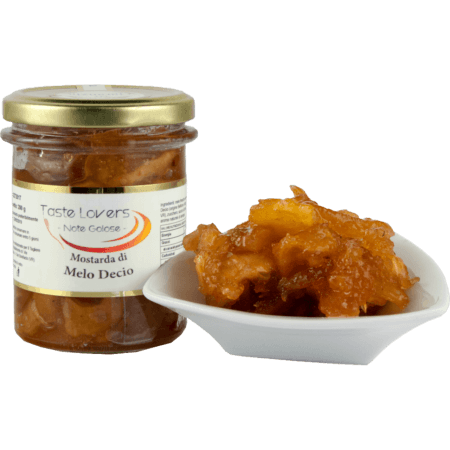
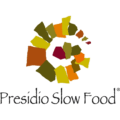

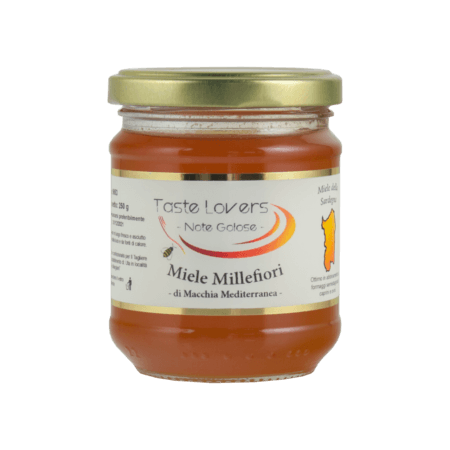 Taste Lovers
Taste Lovers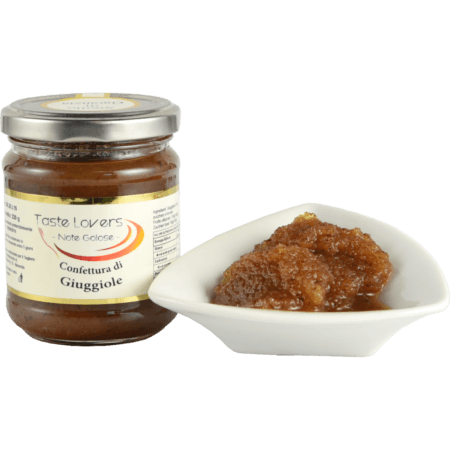 Taste Lovers
Taste Lovers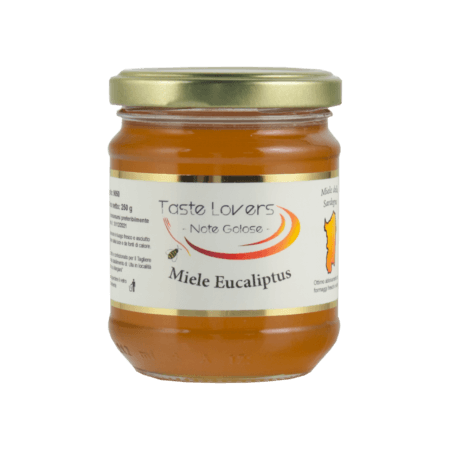 Taste Lovers
Taste Lovers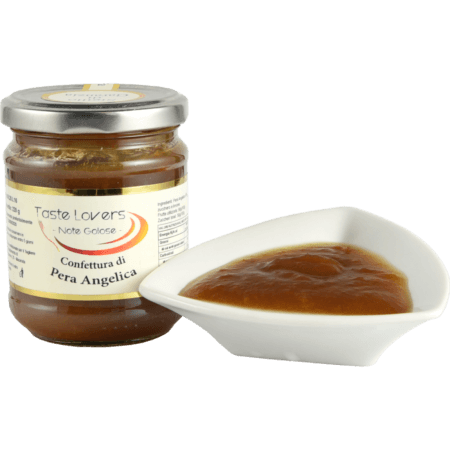 Taste Lovers
Taste Lovers Taste Lovers
Taste Lovers
Reviews
There are no reviews yet.